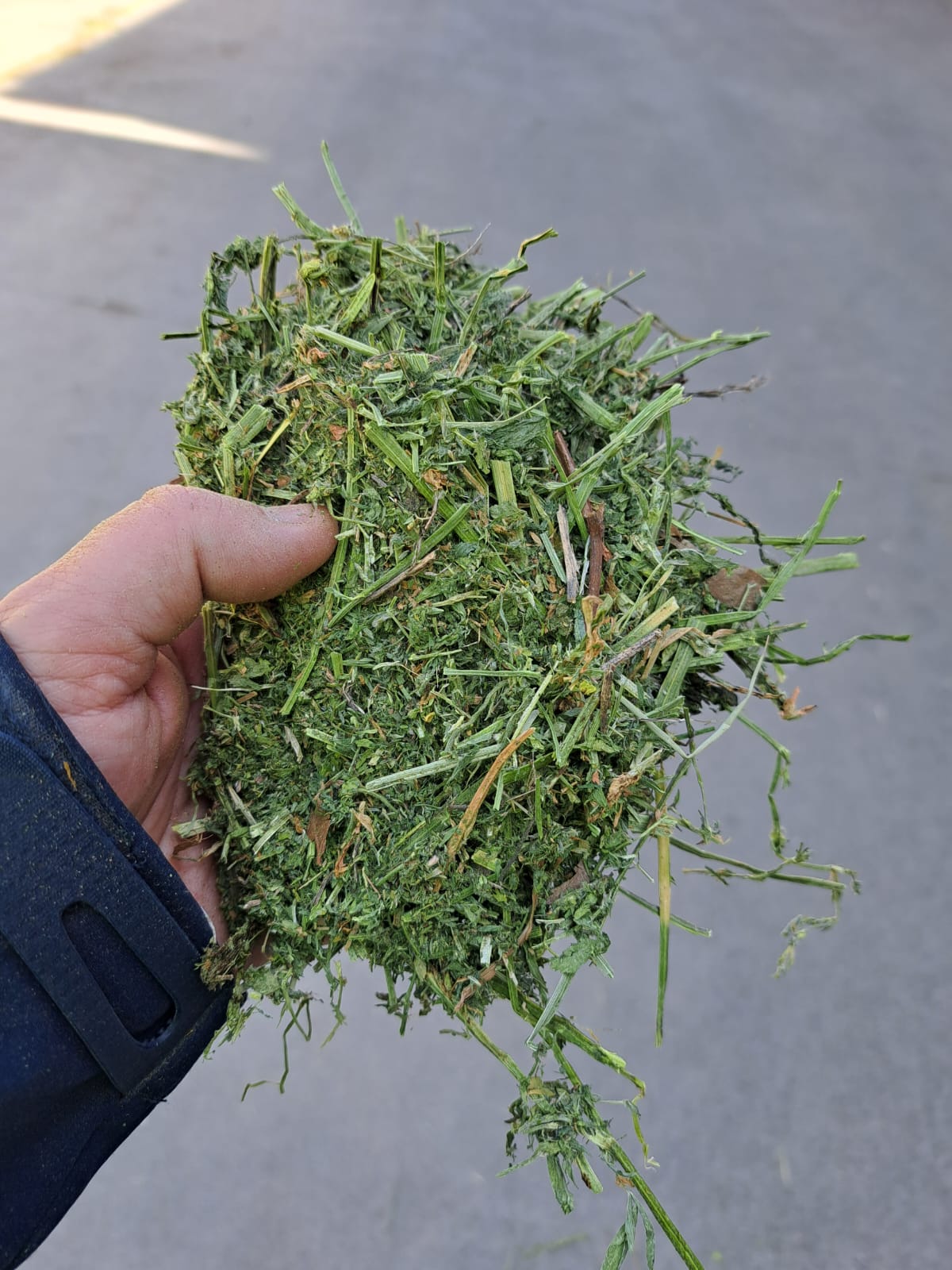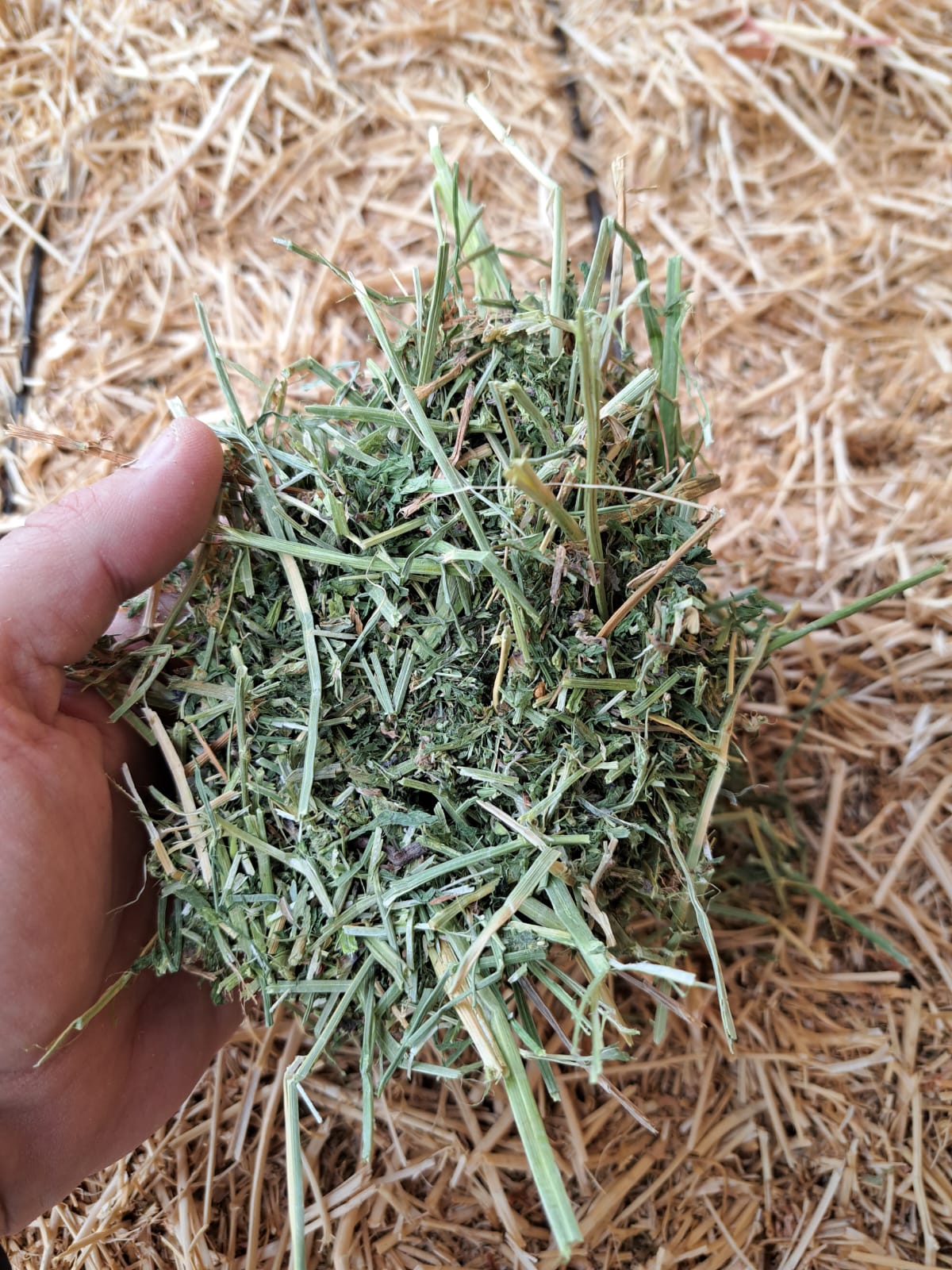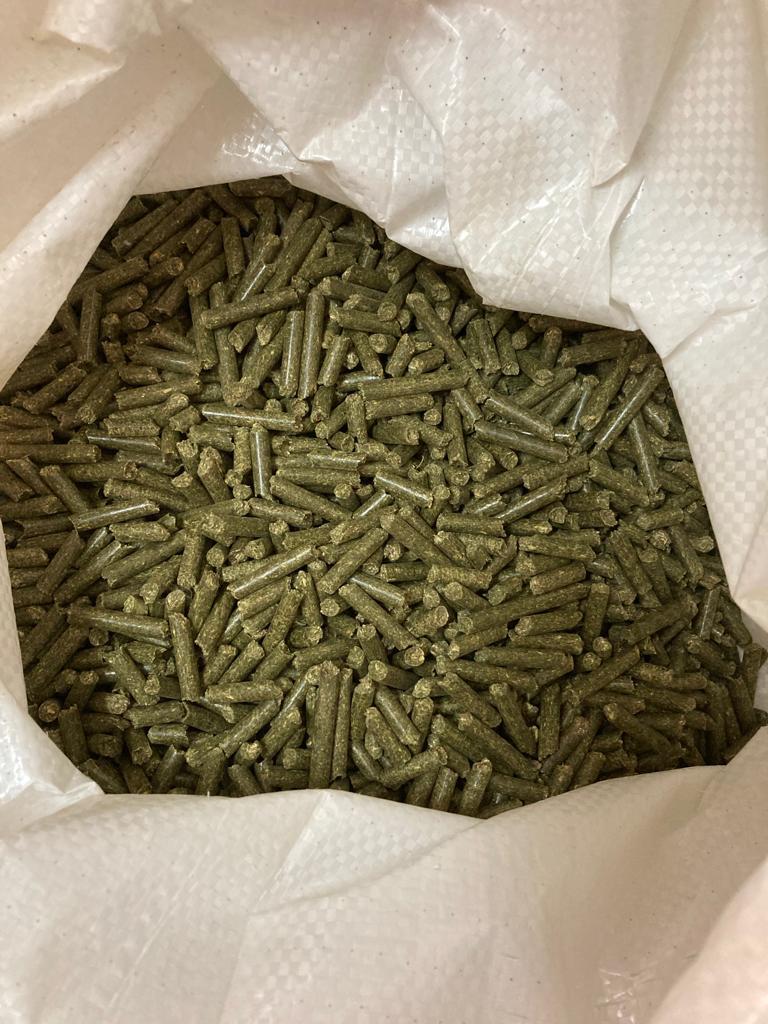Alfalfa
Medicago Sativa
Our Global Sources

- UAE
- Europe
- Australia
- USA
- Africa
- Middle East
Alfalfa Medicago Sativa Plant
We proudly partner with leading animal feed production forms in the USA, Europe, and Africa, leveraging their extensive industry experience to deliver exceptional products. One of our standout offerings is ALFALFA MEDICAGO SATIVA, renowned for its outstanding nutritional value and benefits for milk production.
You will find detailed information about this product from our trusted partners.

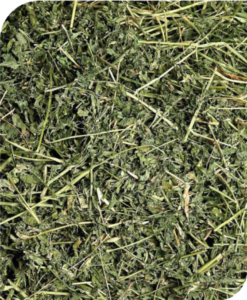
Alfalfa Medicago Sativa Animal Feed
Alfalfa (medico sativa) is a perennial legume grown throughout the world. It is recognized as a premier forage because of its higher relative feed value. It is very high levels of crude protein content (15% – 23%) and exceptional roughage values making it an ideal feed for daily cattle. Additionally, alfalfa can be high in some required minerals such as calcium and phosphorous. The combinations of these factors of milk, as well as improve the health of dairy animals.
All types are classes of forge-consuming livestock appreciate alfalfa, and perform well on it including beef cattle, sheep, goats and horses.
Specifications
USA Quality Guidelines for Alfalfa Hay
| Grade | RFV | ADF% | NDF% | TDN-100% | TDN-90% | Crude Protein% |
|---|---|---|---|---|---|---|
| Supreme | >185 | <27 | <34 | >62 | >55.9 | >22 |
| Premium | 170-185 | 27-29 | 34-36 | 60.5-62 | 54.5-55.9 | 20-22 |
| Good | 150-170 | 29-32 | 36-40 | 58-60 | 52.5-54.5 | 18-20 |
| Fair | 130-150 | 32-35 | 40-44 | 56-58 | 50.5-52.5 | 16-18 |
| Utility/Low | <130 | >35 | >44 | <56 | <50.5 | <16 |
Hay Quality Designation: Physical Description
Supreme: Very early maturity, pre-bloom, soft fine-stemmed, extra leafy. Factors indicative of very high nutritive content. Hay is excellent color and free of damage.
Premium: Early maturity, i.e., pre-bloom in legumes and pre-head in grass hays, extra leafy and fine-stemmed – factors indicative of a high nutritive content. Hay is green and free of damage.
Good: Early to average maturity, i.e., early-to-mind-bloom in legumes and early head in grass hays, leafy, fine to medium stemmed, free of damage other than slight discoloration.
Fair: Late maturity, i.e mid-to-late-bloom in legumes, head-in grass hays, moderate or below leaf content, and generally coarse-stemmed. Hay may show light damage.
Utility: Hay in very late maturity, such as a mature seed pods in legumes or mature head in grass hays, course-stemmed. This category could include hay discounted due to excessive damage and heavy weed content or mold. Defects will be identified in market reports when using this category.
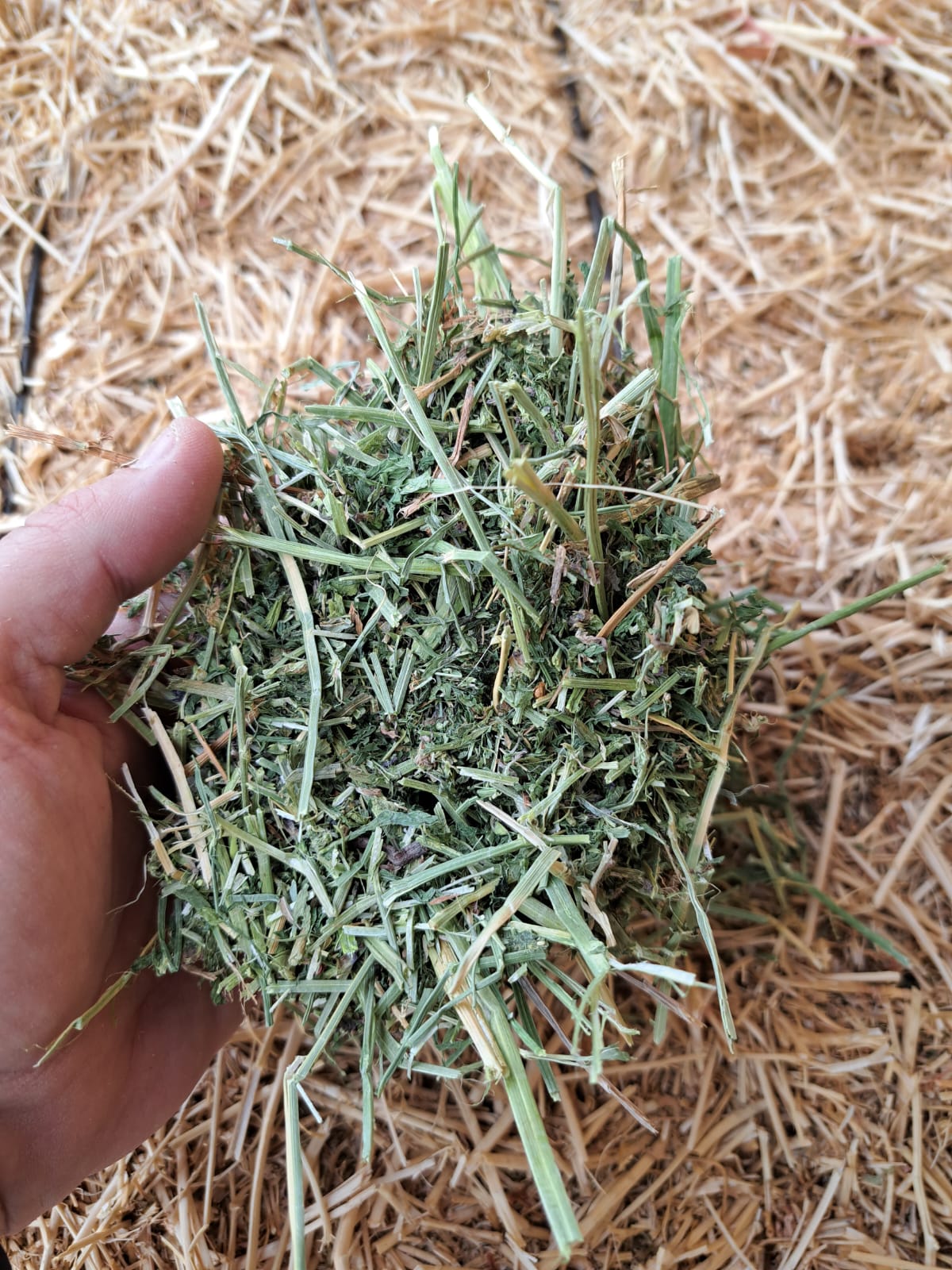
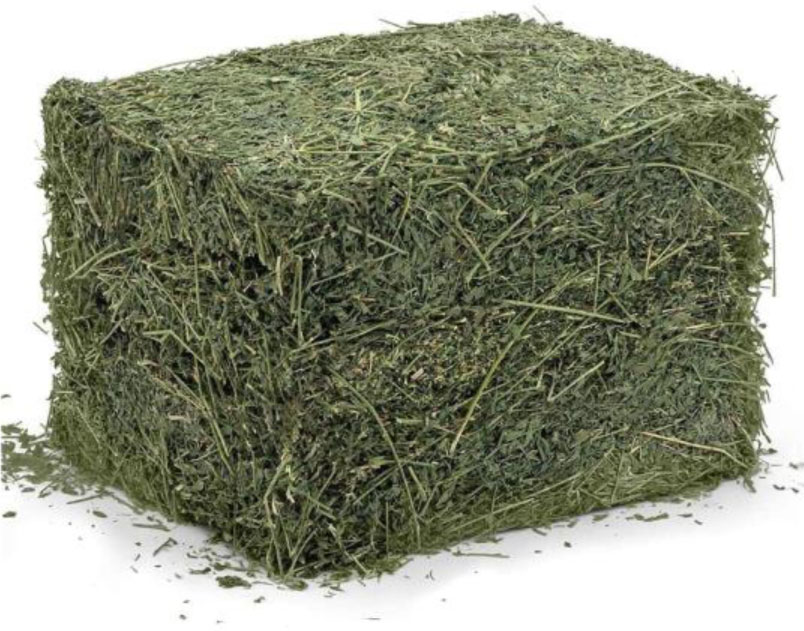
Product
- Dehydrated alfalfa that maintains its protein and energy value due to its method of elaboration.
- Long fibres facilitate the rumen of animals.
Format
- Long fibre
- Short fibre
Presentation
- Bales of 350 kg plastic
- Bales of 750 kg plastic
- Bales of 750 kg wire
- Bales of 30 kg wire (in groups of 30 bales)
Food for
- Sheep, goat and beef cattle
- Horse livestock
- Mixtures for UNIFEED / TMR
Average analysis - extra quality
| Humidity | <=12% | Ash | <=14% |
| Crude Protein (Dry Matter) | >=18% | Insoluble ashes in hd | <3.4% |
| Crude Fiber (Dry Matter) | 27% | RFV (Relative Feed Value) | >=155 |
| ADF (Acid Detergent Fiber) Dry Matter | 30% | Carotens | 110-160 ppm |
| NDF (Natural Detergent Fiber) Dry Matter | 40% | Aflotoxin B1 | <10 ppb |
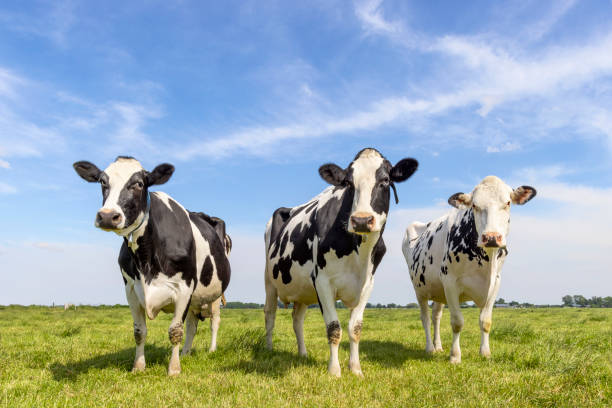
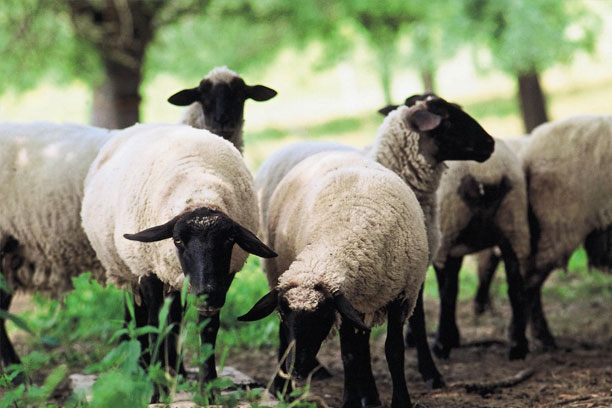
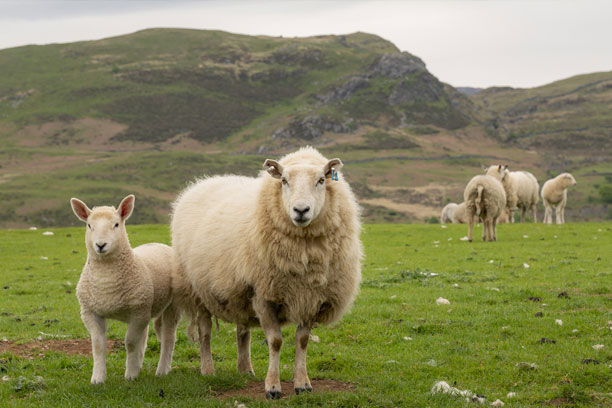
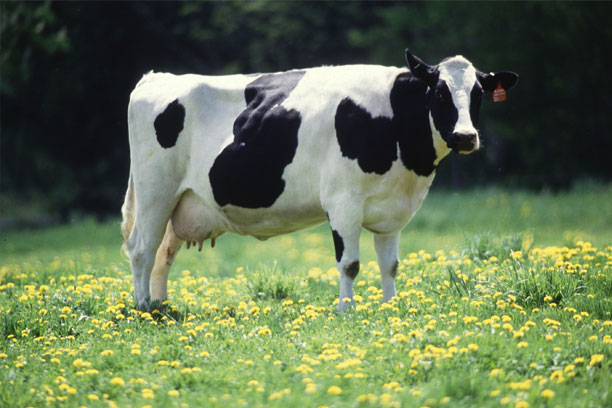
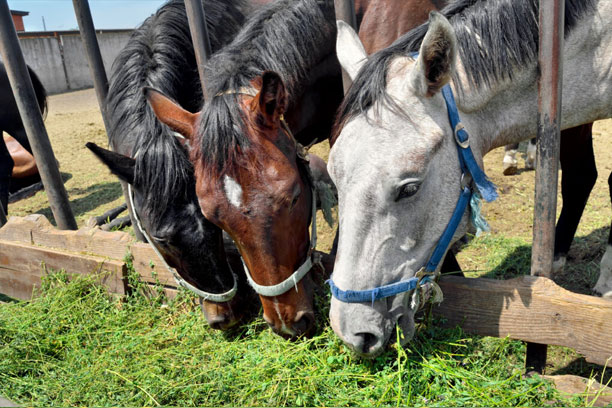
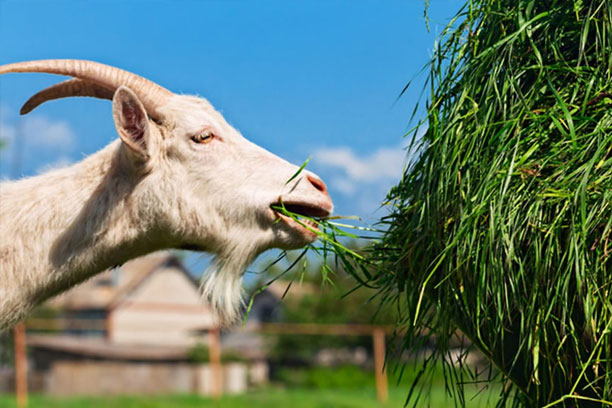
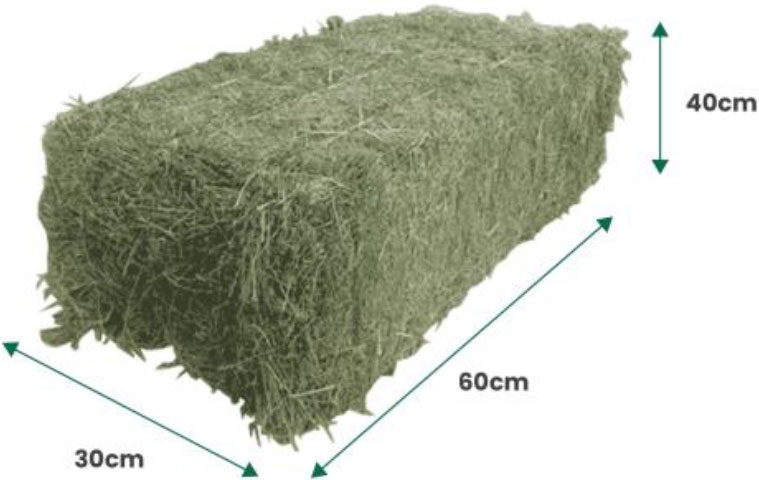
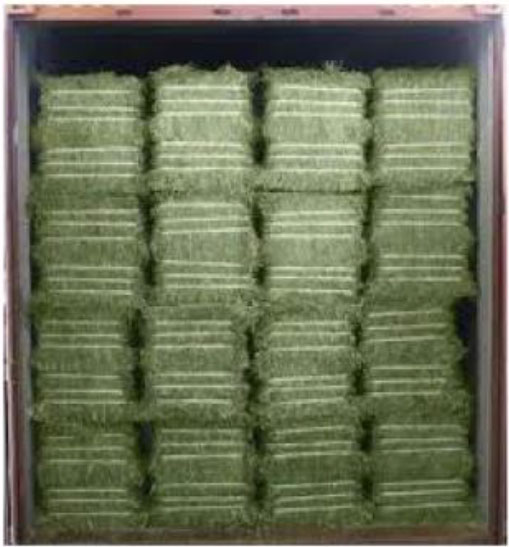
24 tonnes in a sea container of the type 40ft HC 760 Bales - 36 pallets
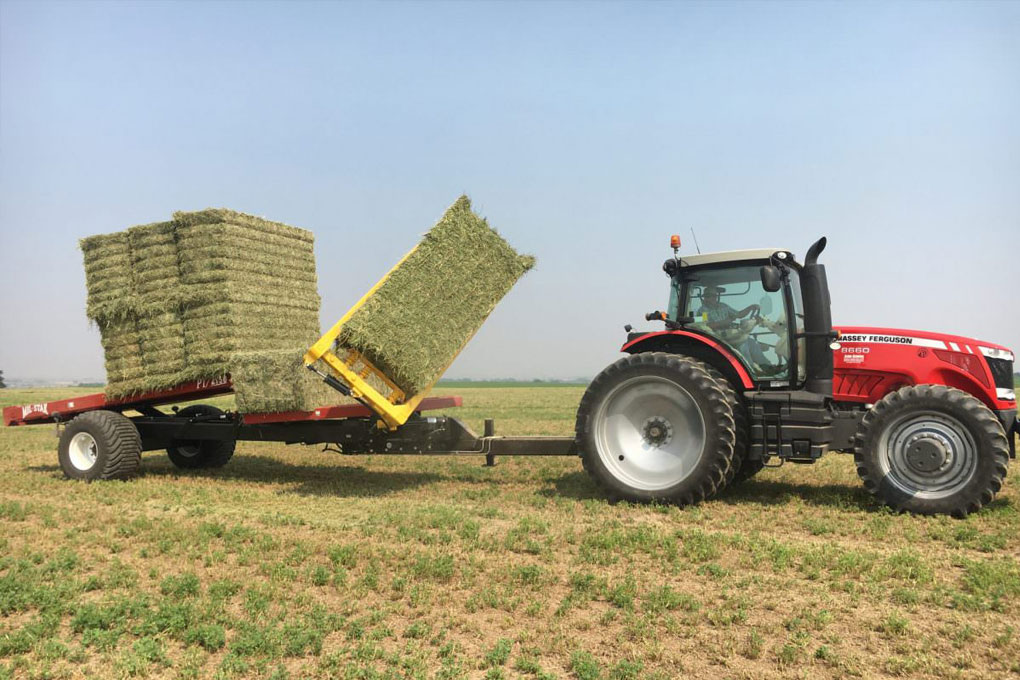
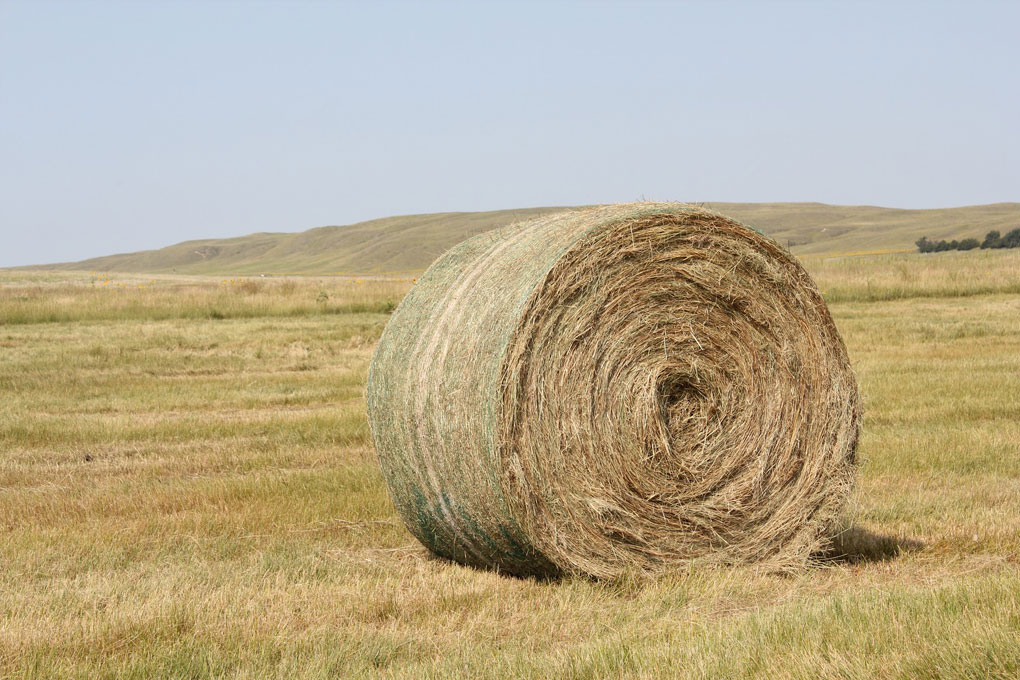
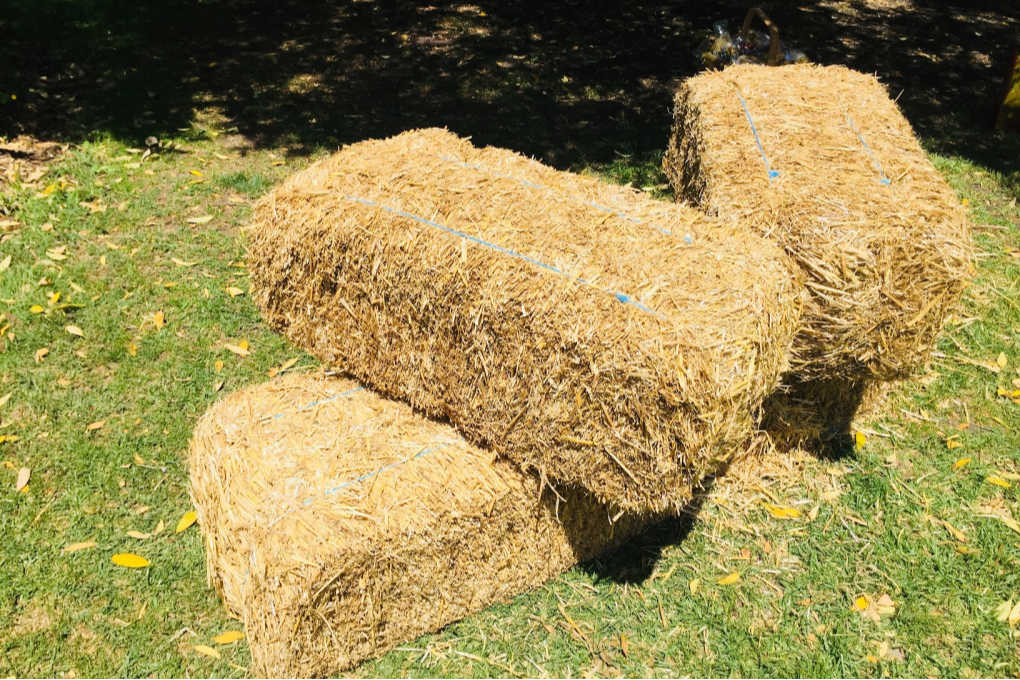
Product
- Dehydrated alfalfa pallets, ideal for being consumed directly by livestockand as an integral part of compund feed. Its high content in vitamins and minerals favours. The good health of the animal and increases yields.
Format
- High quality pallets especially for sheep and goats. In pallets of 5/6/7 mm in diameter
Presentation
- Balk
- 25kg saks
- Big bags 500kg to 1.200kg
Food for
- Sheep, goat and beef cattle
- Beef, poultry
- Horse livestock
- Pig livestock
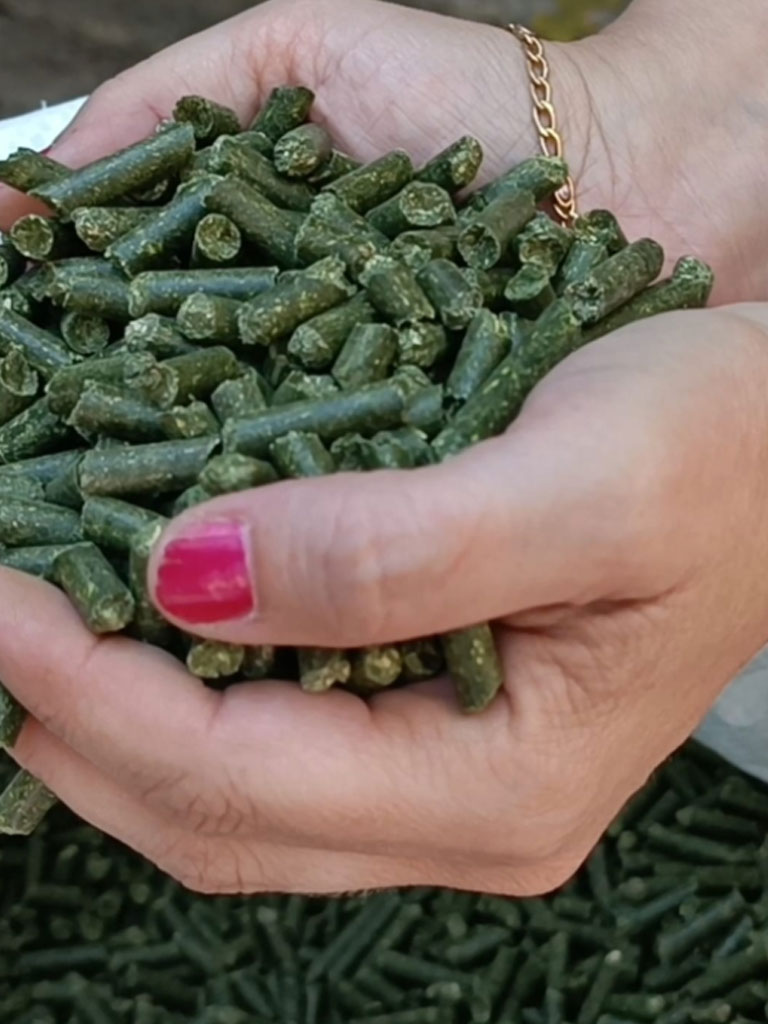
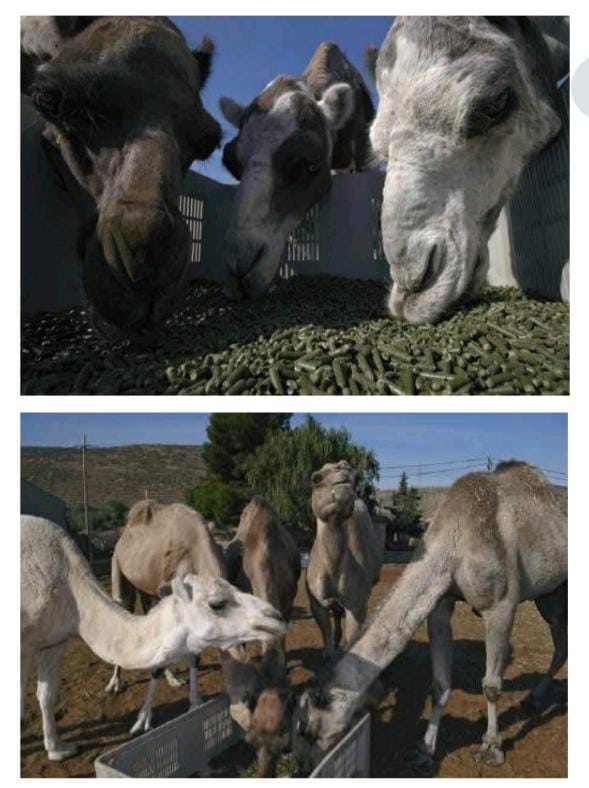
Product
- Dehydrated alfalfa the maintains its protein and energy value due to its method of elaboration.
- Long fibres facilitate the rumen of animals.
Format
- Long fibre.
- Short fibre.
Presentation
- Bales of 350 kg plastic.
- Bales of 750 kg plastic.
- Bales of 750 kg wire.
- Bales of 30 kg wire (in groups of 30 bales).
Food for
- Sheep, goat and beef cattle.
- Horse livestock.
- Mixtures of UNIFEED/TMR.
Average analysis - extra quality
| Humidity | <=12% | Ash | <=14% |
| Crude Protein (Dry Matter) | >=18% | Insoluble ashes in hd | <3.4% |
| Crude Fiber (Dry Matter) | 27% | RFV (Relative Feed Value) | >=155 |
| ADF (Acid Detergent Fiber) Dry Matter | 30% | Carotens | 110-160 ppm |
| NDF (Natural Detergent Fiber) Dry Matter | 40% | Aflotoxin B1 | <10 ppb |






Feed Product For Milk
and Meat Producing Ruminants
Cows, Sheep, Goats and Camels
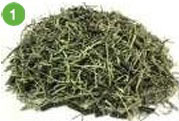
30% Alfalfa pellets
18.5% Protein
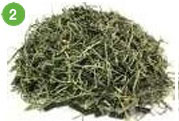
30% Alfalfa pellets
17% Protein

Green alfalfa
17% Protein
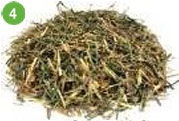
Green and Yellow Alfalfa
17% Protein
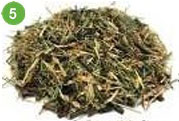
70% Green and yellow alfalfa
30% Alfalfa pellets
17% Protein
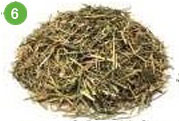
60% 2nd quality alfalfa and
40% barley straw
11% Protein

35% barley straw
30% alfalfa pellets
11% Protein
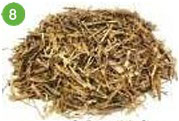
barley straw – two types
3.7% protein
5% Protein
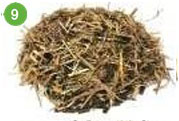
70% barley straw
30% alfalfa pellets
6.5% Protein
Advantages of alfalfa hay
The long term fibers in this type of hay make it easier for animals to break down and digest compared to other types of roughage.
This means that animals can extract more nutrients for each mouthful they consume.
Aside from being highly nutritious, Alfalfa hay also a pleasant smell and taste that animals find appealing. This makes and excellent choice for picky eaters or when trying to entice sick or recovering animals to eat.
Overall, Alfalfa hay is a valuable feed option for livestock due to its high nutrient content, digestibility, palatable taste and availability year-round. Its benefits make it an essential component in may animals diets and contribute greatly to their overall health and well-being.
